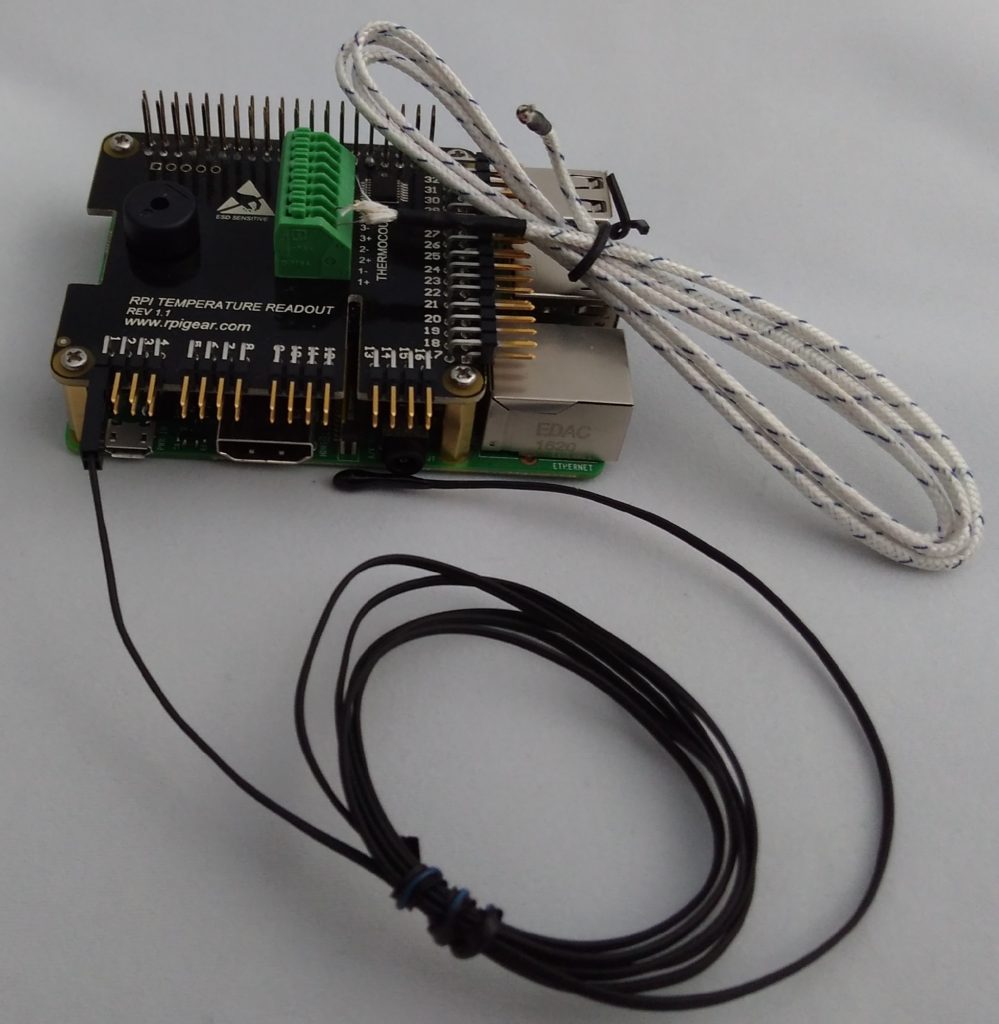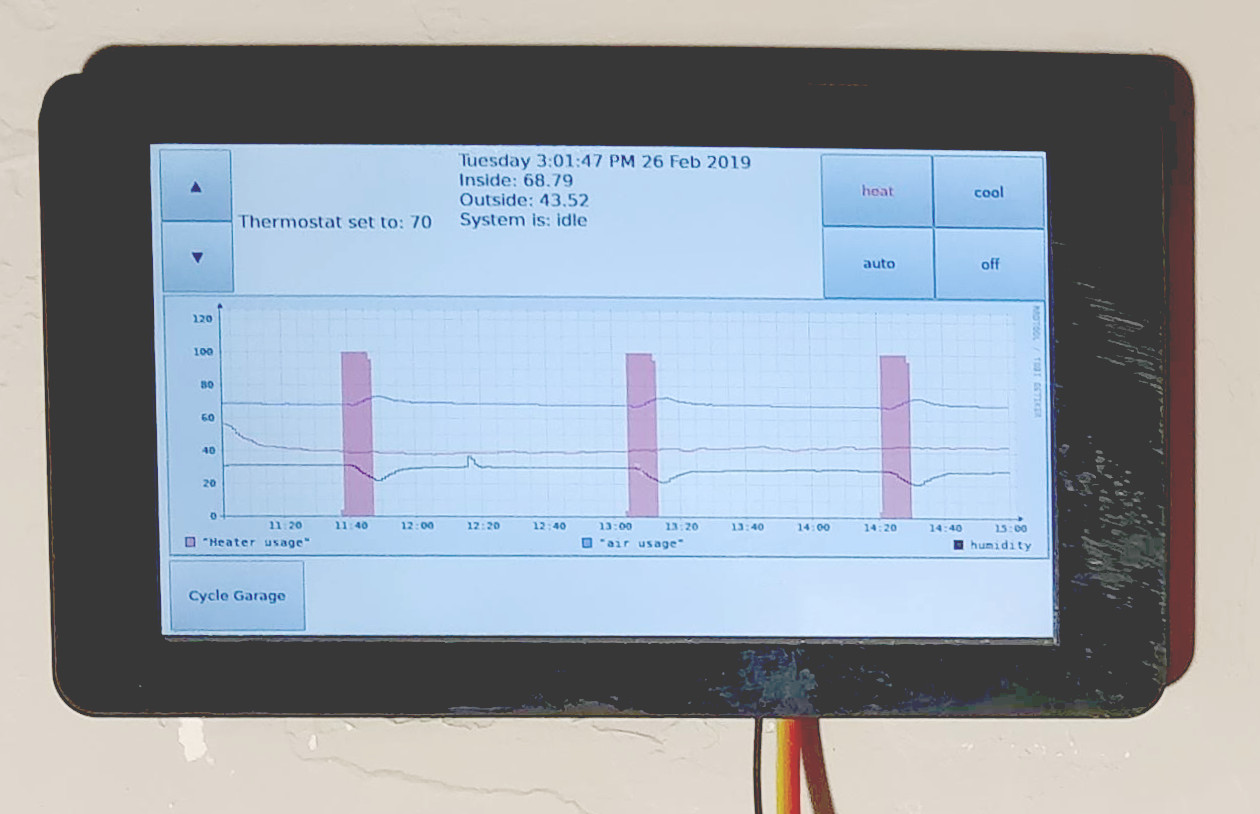
- #RASPBERRY PI TEMPERATURE AND LIGHT LOGGER CODE#
- #RASPBERRY PI TEMPERATURE AND LIGHT LOGGER PASSWORD#
- #RASPBERRY PI TEMPERATURE AND LIGHT LOGGER FREE#
#RASPBERRY PI TEMPERATURE AND LIGHT LOGGER PASSWORD#
We start by declaring the doctype and entering the server username, password and hostname into the corresponding variables, then use the mysql_pconnect() function, to connect to the database. The script is short and fairly easy to follow. It contains the configuration settings for the database including the username, the database password, and the hostname. The first one (named connect.php) is responsible for connecting to the database. There are three important PHP scripts that will run on the server.

The database is named DATA and it has 5 columns which stand for Entry ID, date, temperature, humidity and barometric pressure. The process of creating a database is quite long so it won’t be covered in this tutorial but there are tons of tutorial around it online.

To jump to the server side of the project, we start by creating the MySQL database to store all the data.
#RASPBERRY PI TEMPERATURE AND LIGHT LOGGER FREE#
Bluehost mentioned above offer both free and paid accounts which go for around $4 monthly. We will take a look at both codes and I will do a brief explanation of what the important part of the codes are doing, starting with the PHP Script for the server.īefore reviewing the server code, its obvious that you need to ensure you have an active hosting account which will host our code.
#RASPBERRY PI TEMPERATURE AND LIGHT LOGGER CODE#
The code of the project consists of two parts The Python script which will run on the Raspberry Pi, and the group of PHP scripts which will run on the web server. Mount Sense Hat on Raspberry PiĪn alternative to the Sensehat could be to buy sensors to measure each of the parameters to be monitored but using the Sensehat reduces the complexity of the project, reduces the number of wires around and helps make the system compact for easy packaging. Thus, we do not need a schematic, just ensure you plug the Sensehat on the Pi as shown in the image below. The Sensehat comes as a shield and thus directly plugs on the Raspberry Pi. SchematicsĪs mentioned during the introduction, the main components for today’s tutorial include the Raspberry Pi and the Sensehat. For this purpose, you can use any web hosting platform you desire but I will recommend Bluehost as I have been using them for a number of years.Īs usual, the specific components used for this tutorial can be purchased via the attached links. In addition to the components mentioned above, we will also need a hosting account to host the web server and database at which data will be stored.

The following components are required to build this project All of the sensors have been routed to pins which connect to the Raspberry Pi GPIO and by using the sense hat Python library, we can easily use simple commands to obtain data from the sensors on the board.Īt the end of today’s tutorial, you would know all that is needed to upload data from the Raspberry Pi to a remote webserver. The Sense hat makes it easy to use all of these sensors without the stress and errors associated with wiring them. The Sense Hat is an add-on board for the Raspberry Pi, which has many sensors, including a temperature sensor, a humidity sensor, a barometric pressure sensor (all of which will be used for today’s tutorial) among others. Raspberry Pi 3 and the Sense HatĪt the heart of today’s project is the Raspberry Pi 3 and raspberry Pi Sense Hat. The data will be online on a live webpage which means, it can be viewed from anywhere around the world. For this project, we will designate the Raspberry Pi to measure temperature, humidity and barometric pressure using the Pi Sense Hat and send the data (at 10-minute intervals) via WiFi to an online webserver, which stores the data in a MySQL database and displays them using a simple table on a webpage.


 0 kommentar(er)
0 kommentar(er)
